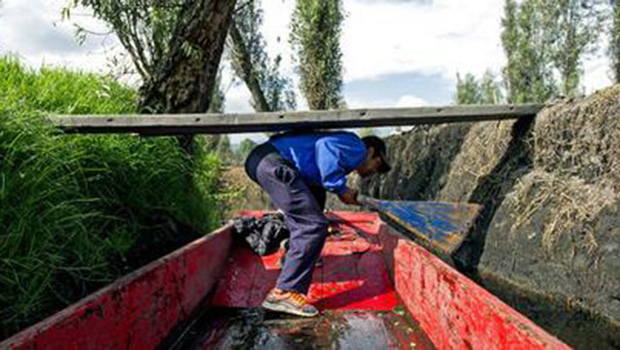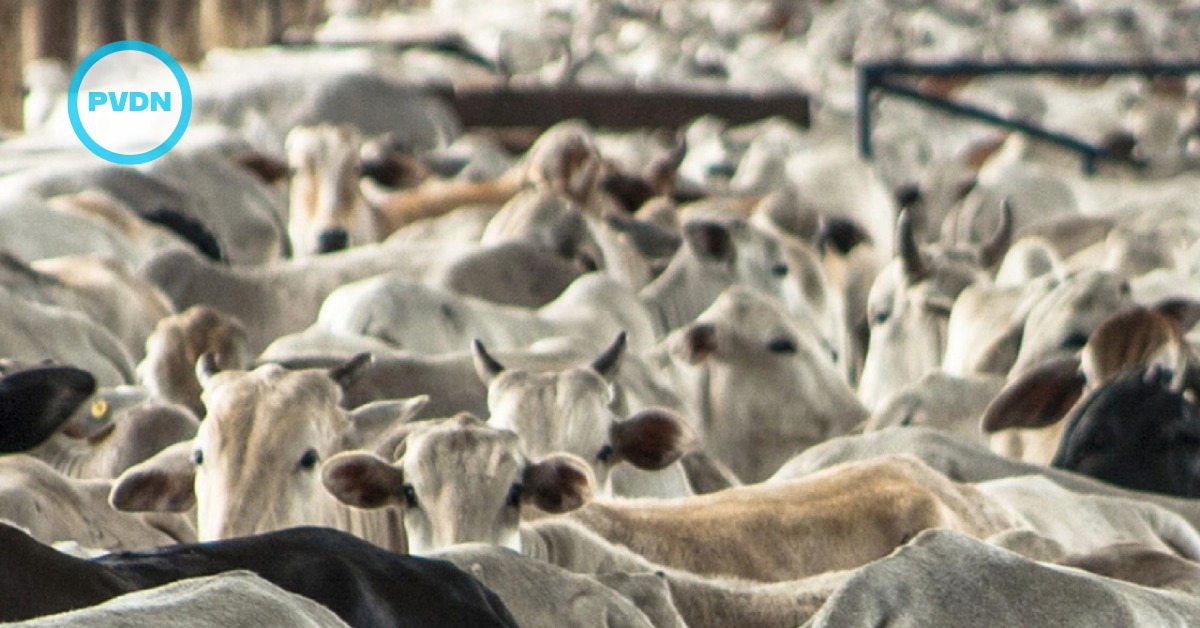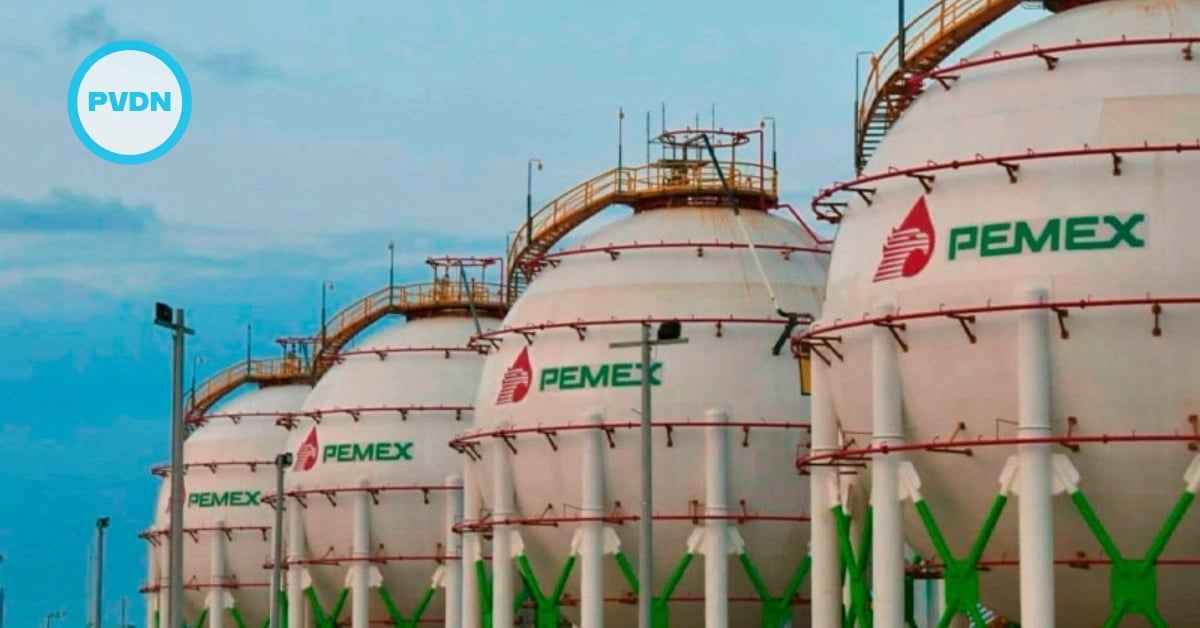Edgar Serralde Galicia lives in a part of Mexico City known for water: Xochimilco, where picturesque canals have irrigated produce grown on man-made islands and served as transportation routes since the days of the Aztecs.
But like roughly a million residents of the capital, Serralde isn't connected to the city's water system. While most rely on the water trucks that rumble through the city's less-affluent neighborhoods, he tried his hand at collecting rainwater and storing it in rusty barrels. When it did not rain, his family had to go to his parents' house to wash . . .






